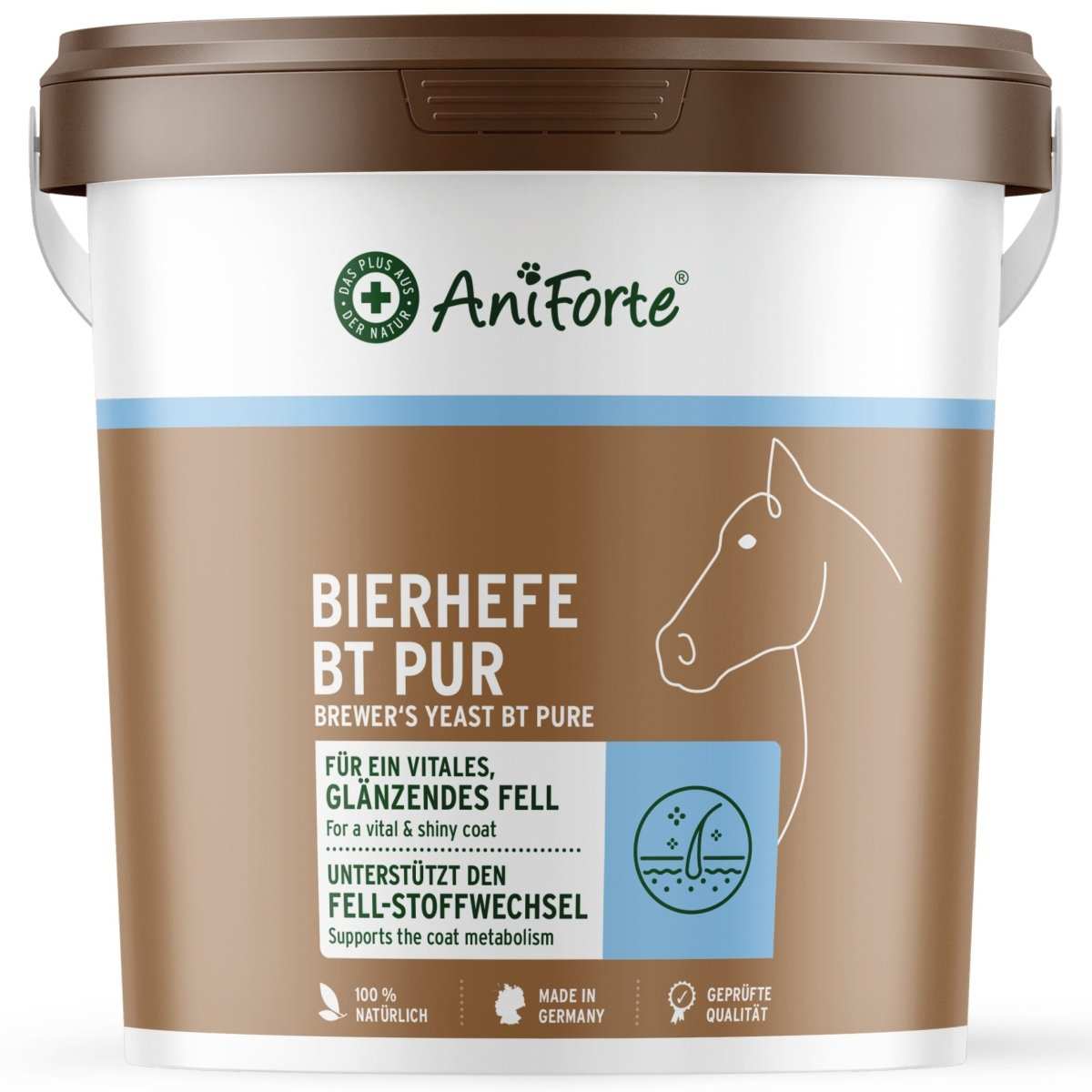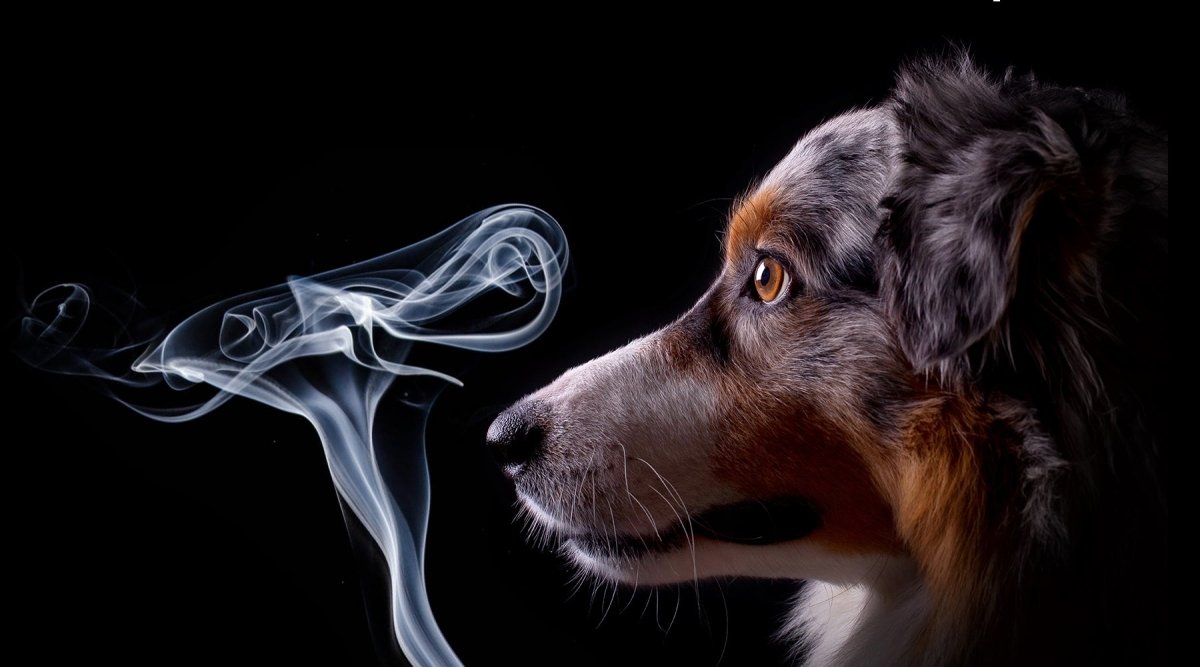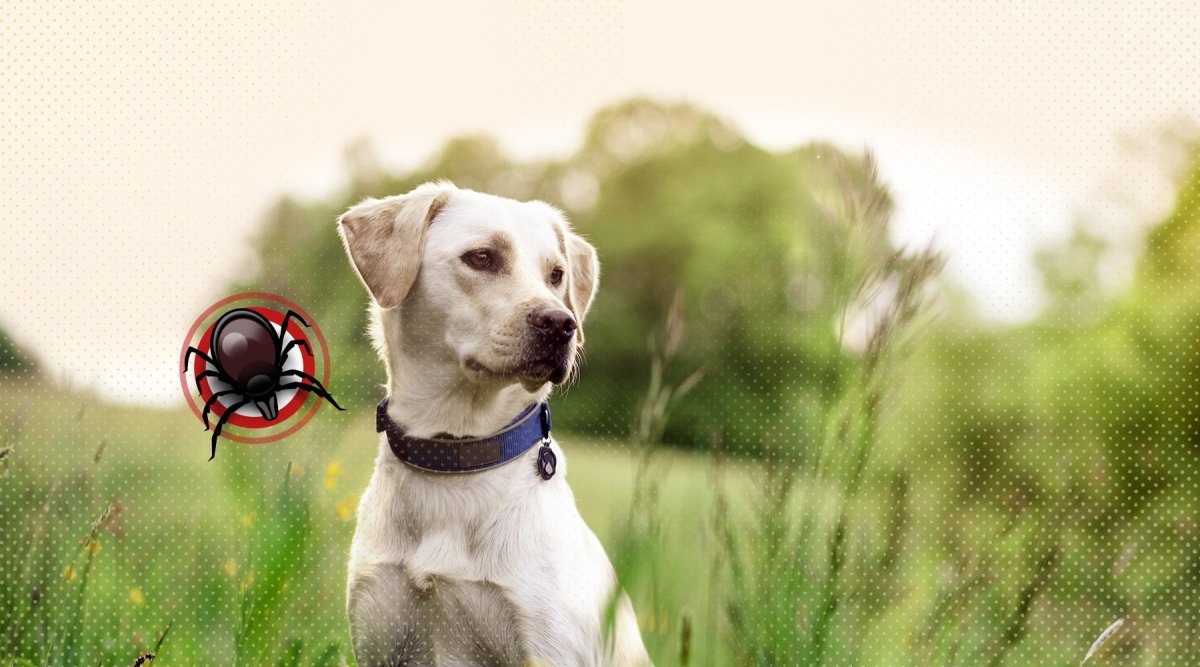The caterpillars of the oak processionary moth are particularly active in German forests from March to May. Although they look almost cute on the outside, they pose a danger to you, your dog and your cat and your cat. Find out why the fluffy little animals are feared because of their hair and how you can protect yourself from a so-called contact allergy in the interview with our vet Philipp Schledorn.
AniForte®: So the oak processionary moth has dangerous hairs - that sounds a bit strange at first. What is behind it?
Vet: The caterpillars of the oak processionary moth have so-called nettle hairs. They can "shoot" these when they feel threatened. Their radius is up to three meters. The hairs stick to the skin or fur of the person they hit due to their barbs. Humans and animals suffer allergic reactions on contact, similar to contact with stinging nettles. Unfortunately, the caterpillars' nettle venom is much stronger than that of stinging nettles.
AniForte®: How dangerous is such contact with the caterpillar hairs of the oak processionary moth?
Veterinarian: Initially there is a local skin reaction. Dogs and cats have an advantage over us humans: they are protected by their fur. Ultimately, however, the caterpillars are much more dangerous for them, as the animals often react by sniffing or licking the affected areas of fur. In this way, the mucous membranes in the nose and throat come into contact with the hairs of the oak processionary moth caterpillar. These contain the protein toxin thaumetopoein. This can lead to severe swelling of the dog's or cat's airways, which can be life-threatening.
AniForte®: What are the symptoms of contact with the oak processionary caterpillar?
Veterinarian: Dogs and cats can show severe allergic and inflammatory reactions of the mucous membranes, respiratory tract and anterior digestive tract. An itchy skin rash (caterpillar dermatitis) and eye irritation are also frequently observed. If your pet has a particularly allergic reaction, drowsiness, dizziness or fever may occur. Look out for severe swelling of the scalp - this is often the only area where you can clearly see the skin reaction. In the worst case, the tongue can swell, which can lead to choking. The animal can also suffer an allergic shock and even bronchitis or asthma attacks if the poisonous hairs of the oak processionary moth get into the lungs. Unfortunately, anything can happen, from a localized wheal to a life-threatening allergic shock.
AniForte®: And this risk is particularly high in the months of March and May, as the caterpillars pupate afterwards?
Vet: Between March and May, the caterpillars of the oak processionary moth are particularly active, but the poison is effective for up to a year after the insect has lost its hair. In addition, the poisonous hairs do not adhere firmly to the caterpillar of the oak processionary moth and are sometimes spread by gusts of wind. In affected areas, pets are therefore not safe from the nettle poison even in fall and winter. Dogs, for example, can easily come into contact with the hairs when rummaging in the undergrowth, or cats may be interested in abandoned nests of oak processionary caterpillars, in which the poison unfortunately continues to work.

AniForte®: Where can you find the oak processionary moth caterpillars?
Vet: As the name suggests, the caterpillars of the processionary moth are mainly found in oak forests. The small moths particularly like to use trees that receive more sunlight to lay their eggs. This is because the caterpillars of the oak processionary moth like it warm. In the past, they were mainly found in the Mediterranean region (especially in Spain, the Balearic Islands and southern France). Although they have been at home here for around 170 years, they have only become increasingly common since the turn of the millennium. Experts blame this on climate change.
AniForte®: How do I recognize the caterpillars of the oak processionary moth?
Vet: In the spring forests from March to May, you can sometimes see shrubs and trees covered in cotton candy. These are the first signs of the caterpillars of the oak processionary moth spinning in this way. The larvae have previously hatched after the moth has laid up to 200 eggs in trees - preferably oak trees - in the fall. As the caterpillars go through five to six stages before pupating, they need a lot of food. The processionary moths got their name because they walk in a procession or in single file when searching for food.
AniForte®: What can I do if my pet has come into contact with oak processionary moth hairs?
Vet: For humans as well as for dogs and cats, the hairs should be removed as quickly as possible in the event of contact. It is best to wash the affected animal with warm water and wear gloves and a face mask for protection. Also make sure that your pets do not injure themselves even worse by constantly scratching in the event of an allergic reaction. If you already know that your pet has an allergy, you should urgently visit your nearest vet to administer an anti-allergy medication. But a check-up is also advisable in any case.
AniForte®: What options are there to prevent contact with poisonous caterpillar hairs of the oak processionary moth?
Veterinarian: As a dog owner or cat owner, you should inform yourself about the distribution areas of the oak processionary moth and otherwise remain vigilant for the typical manifestations. The authorities indicate affected regions. In these areas you should not let your dogs off the lead and above all avoid rummaging in the undergrowth. It may also be advisable to keep cats indoors. If you discover a nest somewhere, you should avoid it as far as possible and, in the case of nests in your own garden, be sure to call in a pest controller. There is no one hundred percent protection, but attentiveness and knowledge of the characteristics of this caterpillar can help in any case.
AniForte®:Thank you very much for the interview.
Vet: Thank you for having me and I hope I have been able to help many readers and their four-legged friends.






